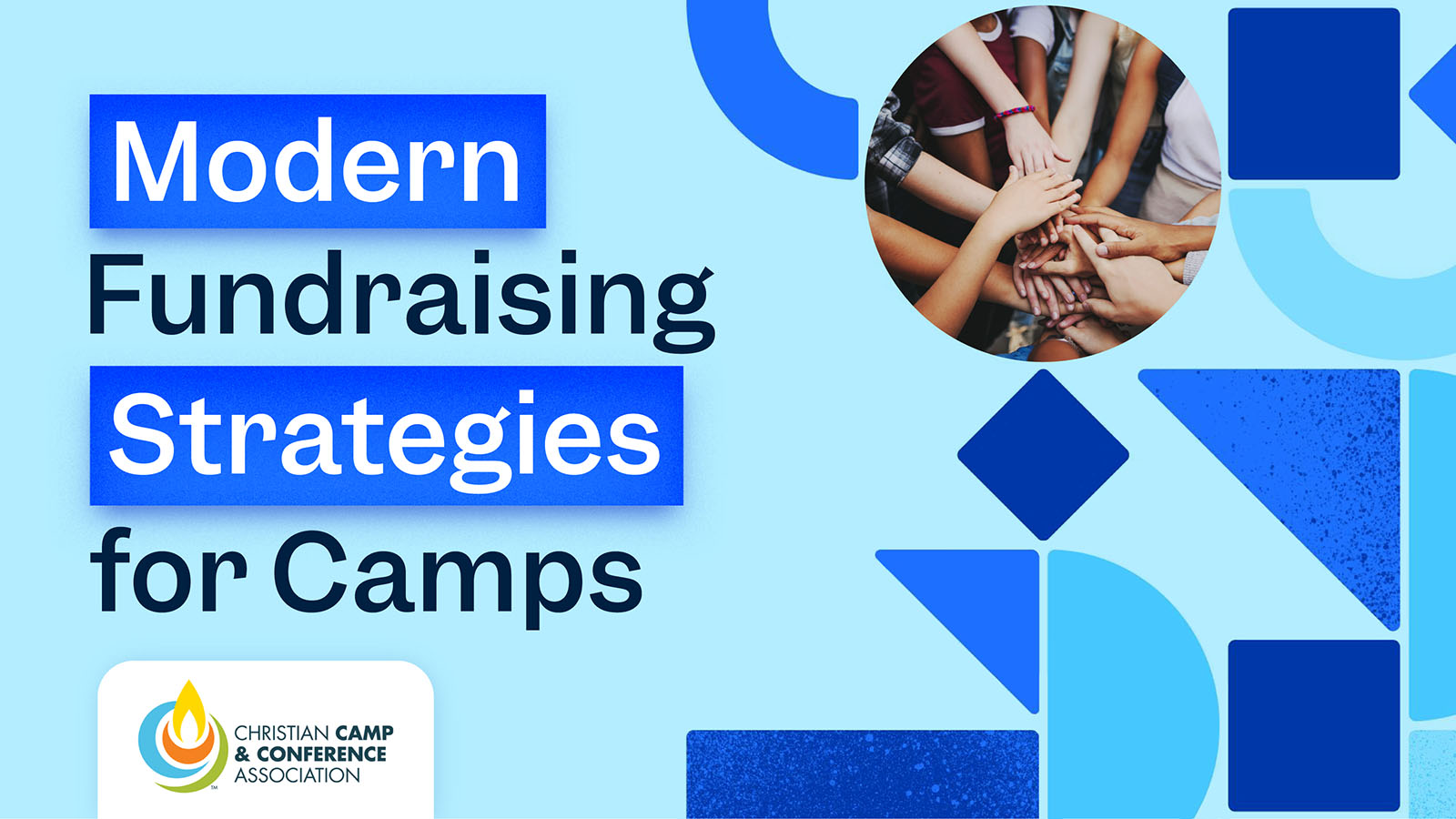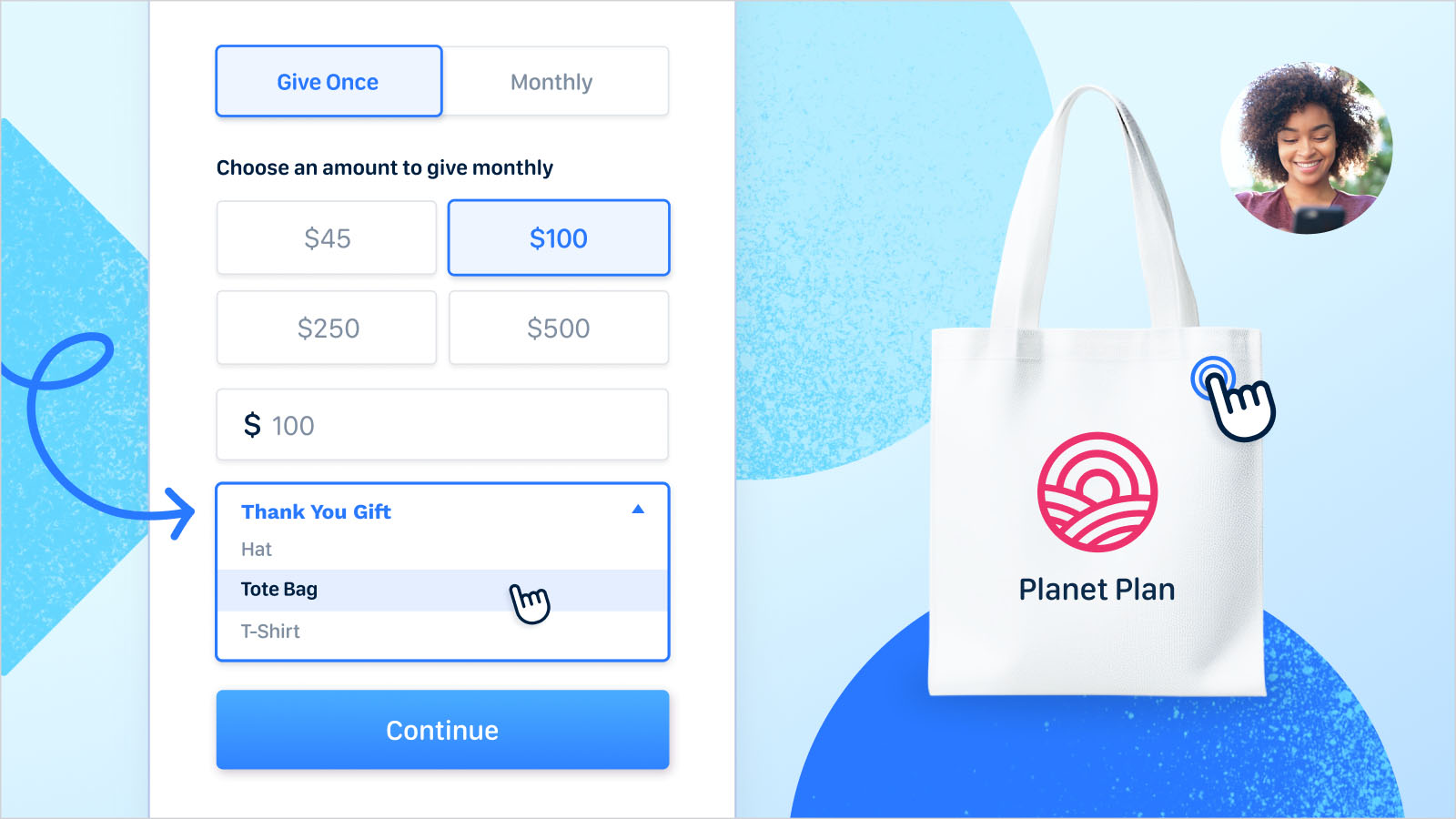Important Nonprofit-Specific Dates to Remember
Finally, there are a number of dates specific to your nonprofit that you need to keep top of mind when planning your year. These are dates that are probably non-negotiable, so you’ll want to get them on your calendar ASAP. Doing so will help shape your strategy in the year ahead.
- Board meetings and budget meetings
Whether board meetings are monthly or quarterly, in person or online, get those dates on the calendar—and make sure your board chair is on board. - Key fundraising nonprofit events
You’ve probably got an annual gala or gift drive that everyone knows to expect. Write those down now so that you can communicate well in advance and, if needed, secure sponsors. - Newsletter emails/mailings
If you have a newsletter, matching the publication date to crucial fundraising program dates will really up your impact (read: secure more fundraising dollars). Another bonus: you can avoid writing and sending a newsletter during your busiest weeks. - End of fiscal year
Many organizations end their fiscal year on June 30th. Whatever date your fiscal year ends, circle it in bright pink marker right away—it’ll keep your nonprofit fundraising trends like peer fundraising campaigns and budgeting efforts on track. - Major appeals
Experience has taught us that major appeals require all the communication, so you want to plan early. Depending on the size of your nonprofit, you might do two major appeals or several smaller ones. Whatever your style, you’ll need to give your board members a heads up, segment those lists, write those social media posts, and get those mailings out the door. Also, if you want to take the path most traveled by, we suggest a spring appeal and a year-end one. - Quiet periods
It may sound like we’re speaking a foreign language, but after getting all those holidays, virtual events, seasons, and dates down, you may spot a few lulls in the calendar. Take full advantage of those by doing some database maintenance, polishing your templates, and catching up on anything else that you haven’t had a chance to catch up on. Or maybe just schedule some well-deserved vacation.
Whether you’re new to the nonprofit world or are an industry expert juggling a hundred jobs at once at your nonprofit, we hope this guide breaks it down. Fundraising is doable, friend, and we have faith that you've got it in the bag. If you need further guidance, though, no worries. We've got your roadmap to a year of fundraising success!
How to Develop a Fundraising Calendar for Nonprofits
Like many things, putting together a calendar for your whole year's fundraising campaigns can seem like a huge, almost-impossible task. But also like many things, it's not as difficult as you may think; taking it piece by piece—or day by day!—is all it takes to set up a fundraising calendar template you can use for years.
- Identify significant dates and seasons for your cause
- Rough out your campaign's key dates
- Walk backward to set working deadlines
1. Identify significant dates and seasons for your cause
This one is probably already all in your head... or in your strategic plan! Think about your fundraising strategy, add in your fundraising goals, and you've stumbled right on to your fundraising activities.
This may include looking at your nonprofit's fiscal year, significant seasons for your school or nature-focused org, or annual campaigns that get your donors all a-twitter.
2. Rough out your campaign's key dates
Now that you've got your seasons sorted, lay in your campaigns where they make the most sense. If your campaign hinges on Transgender Awareness Week, take a look at other bookend dates (Halloween and Election Day, and then Thanksgiving and Giving Tuesday) and set it for the timeframe that makes the most sense.
3. Walk backward to set working deadlines
Now that you have your dates set, you can figure out your working deadlines using math. (We know! It's not our favorite, either.)
Take a look at your campaign timeline and estimate the time your nonprofit marketing team and communications team will need to prepare assets such as videos, social posts, written work, images, and marketing efforts for your launch date. Then move further back and add in some time padding—you'll need it!
If you have a nonprofit event planned, you'll need to factor longer lead times into your fundraising calendar template—potentially even for the following year. In order to meet those fundraising goals, long-term planning is something to consider.
How to Maintain a Fundraising Calendar for Nonprofits
As nonprofit leaders, we have to roll with the punches—it's part of the job. Maintaining a fundraising strategy is one of the hardest things you have to do. But a little messiness is ok, so cut yourself some slack and do what you can to keep those fundraising activities up to date.
- Keep your fundraising calendar fresh with regular updates
- Break down actions for each department
- Sync up your donor segments to finished campaigns

1. Keep your fundraising calendar fresh with regular updates
Budgets change, goals change, and programs change. Remember COVID? Big ol' change. Most updates won't be that drastic, but if your nonprofit event venue falls through or a major funder drops... or if you hire a superstar who delivers gorgeous work ahead of time, you'll need to make adjustments.
Ensure that everyone on your team is alerted when your calendar is updated.
2. Break down actions for each department
As we discussed earlier, tackling a project of this size is a day-by-day task. So within each larger assignment are departmental duties and, when you drill down further, tasks for individual contributors.
As you break out the deadlines, break out the tasks as well to make it easy on your team.
3. Sync up your donor segments to finished campaigns
Just because this is a future-focused tool doesn't mean you can let go of the insights you've gained. Within the donor base in your CRM, make sure that donors are tied to their activity (or lack thereof) with regard to each campaign. Future You will thank Now You next year.
Expert Fundraising Calendar Tips for Nonprofits
Here it comes, straight from the fundraising experts! Tips to make the most of your annual master calendar tool that even seasoned fundraisers will appreciate.
Learn from previous years
Although they're talking about learning through automations, Allison Fine and Beth Kanter delivered this great nugget when they came on the Nonstop Nonprofit podcast. The truth is, when you're testing, you're learning, and there's no greater loss than the loss of a lesson.
"What is the impact, and how has this changed work, and how is it changing the engagement that we're having with people? [Fundraising is a] constant, you know, effort of learning and measuring and improving over time."
Don't discount the downtimes
As Katelyn Baughan told us on the Nonstop Nonprofit podcast, one of the biggest mistakes a nonprofit can make is going dark and then asking. And then going dark and then asking. And then going dark... you get the picture. Don't discount the importance of the in-between times on your donor participation.
"...in between your fundraising campaigns, how are you elevating the [donor] experience? How are you making connections? ...look at your calendar year—what are you doing in between fundraising campaigns to keep the momentum going?"
Share the calendar with your colleagues
In her guest appearance on the Nonstop Nonprofit podcast, Nuka Solomon shared how her team works together to add their digital strategies to a shared calendar.
"...when you have a team, they need to be able to feel empowered and own the goals. You can't be fully top-down and they have to push back and share. Everybody has a stake."
Use the calendar as a revenue projection tool
In that same podcast episode, Nuka talks about how that annual calendar is used to set fundraising goals and budget line items—including stuff that seems unrelated, like fundraising professional development. But in true growth mode, everything needs to be considered.
Consider a special major donors calendar
For many nonprofits, building major donor partnerships is way different than other types of campaigns. It can include a whole separate set of supporters, a different in-house point person, and a different type of investment in your mission.
This doesn't have to just apply to major donor partnerships, though. As Shiree Skinner told us on the Nonstop Nonprofit podcast,
"...the beginning of a new year is an opportunity to set a new goal and accomplish it."
Instead of trying to fit it all in, layer on a calendar dedicated to one specific fundraising strategy—like major donor participation. Shiree goes on to say,
"...if you want to start a major donor society, for example, that could be your focus for one year, you get it done and then the next year maybe you're working on the legacy society."
There you have it: everything you need to know about creating and maintaining a year-round fundraising master calendar—and nothing you don’t.
Nonprofit Fundraising Calendar FAQ
How do I create a fundraiser calendar?
Creating a fundraiser calendar requires careful planning and attention to detail. It also requires intimate knowledge of your organization, mission, and community. Pull out a physical calendar or open your software of choice, and add your fundraising goal amounts into the proper dates. Then work backwards to plan your fundraising campaigns.
Here are the quick and dirty tips to git 'er dun.
- Plan a variety of activities throughout the year, like community events, silent auctions, and online campaigns.
- Gather your SMART goals and action items. Determine nonprofit event dates, budget meetings, special events, and donor segments.
- Think long-term. How can you retain donors across online campaigns? Creating a comprehensive fundraising calendar will keep your donor retention rates on track.
What month is best for fundraising?
November and December are the months to focus on for fundraising success. With Giving Tuesday usually landing in November, it's the perfect time to rally support for your cause. And in December, the giving spirit reaches its peak, with a whopping 30% of all annual giving happening during this month alone! But wait, it gets even better. Did you know that 10% of that December giving happens within the last three days of the year?
What is a fundraising plan?
Wow, taking it back to basics! A fundraising plan is your roadmap to success, outlining the strategies, goals, and actions needed to reach fundraising targets. It's a well-thought-out timeline of fundraising activities, ensuring you stay on track to meet those deadlines. From effective communication tactics to smart marketing strategies, your plan covers it all.
What tool is best to make a nonprofit fundraising calendar?
While you could get a cute kitten calendar and write in tiny letters all over it, we think that checking into nonprofit technology providers is a better bet. We're nonprofit professionals, remember? Let's step into the future. There are innovative tools such as shared documents, project management tools, or even plain ol' digital calendars. We can do it together, step by step.





























.webp)
.webp)











.webp)
.webp)

.webp)
.webp)
.webp)




